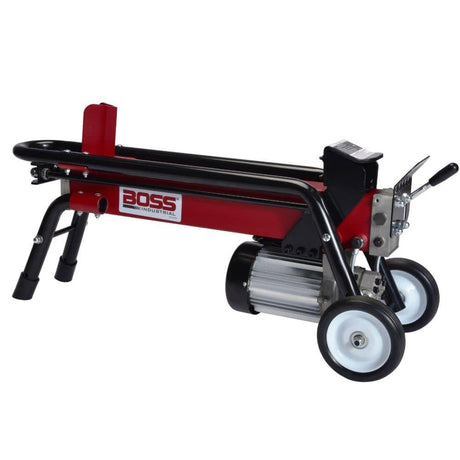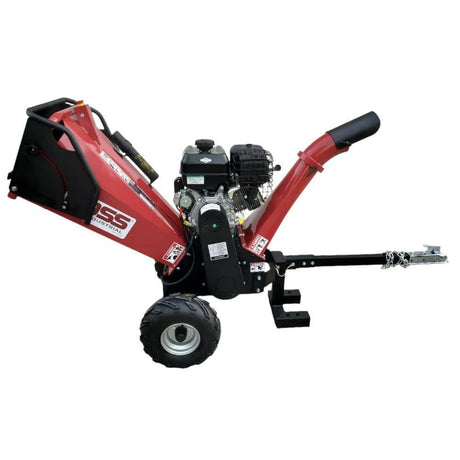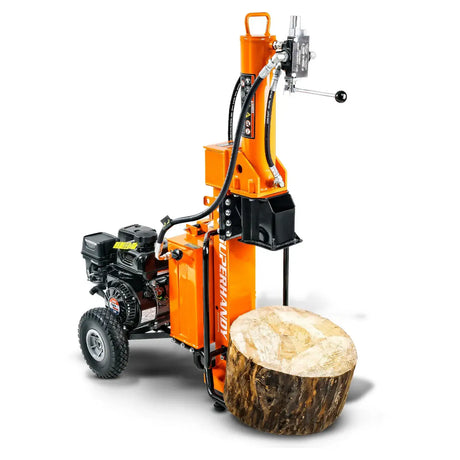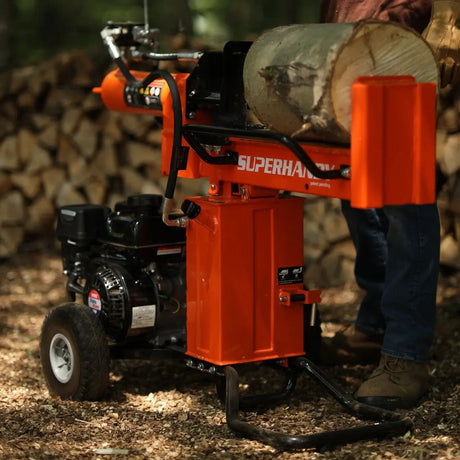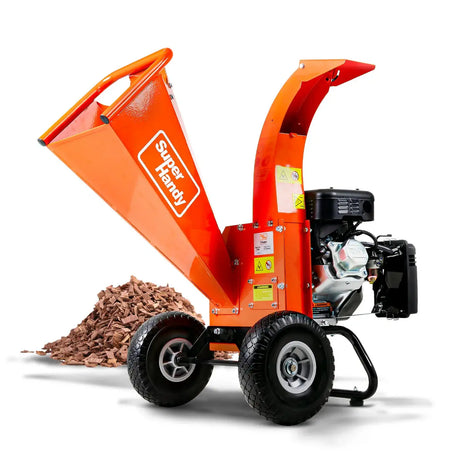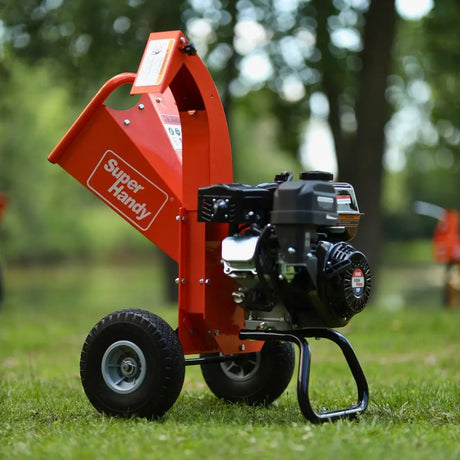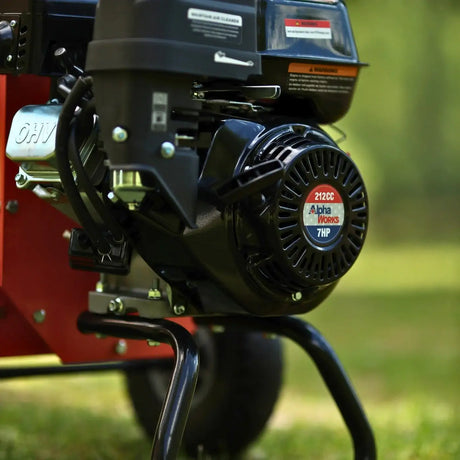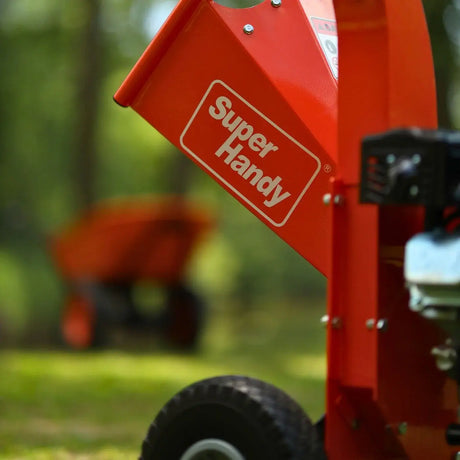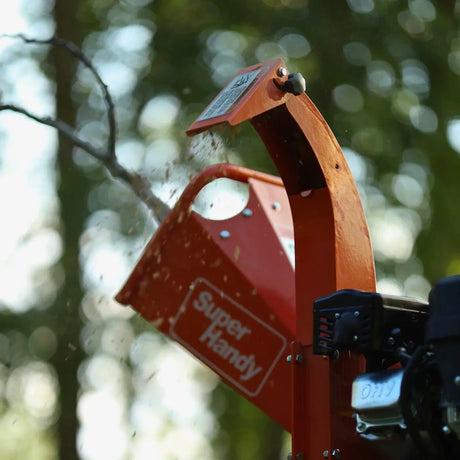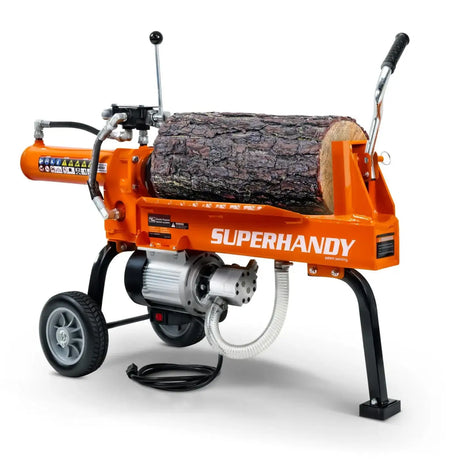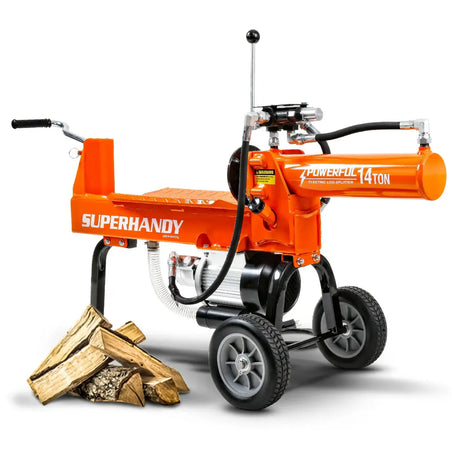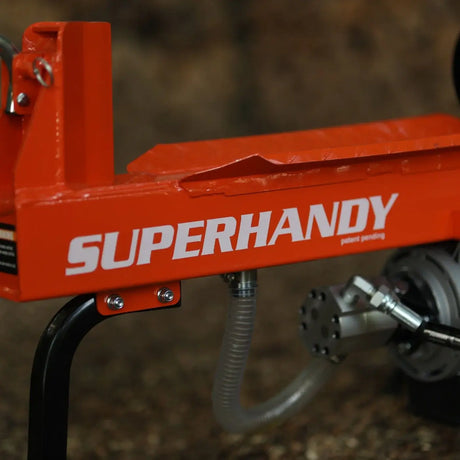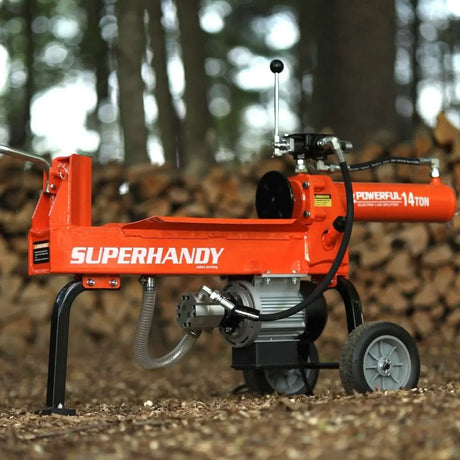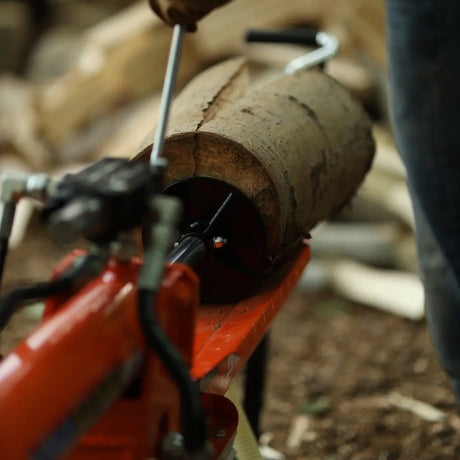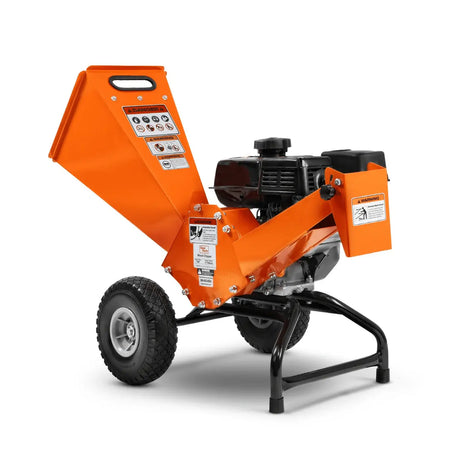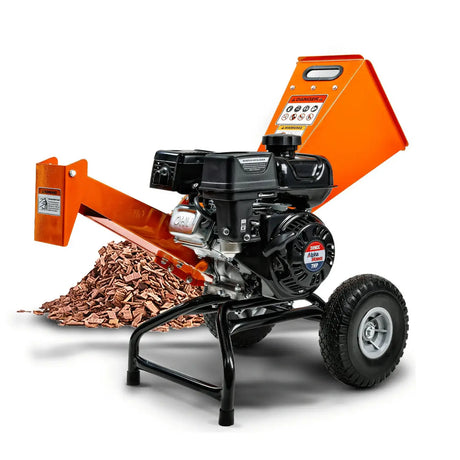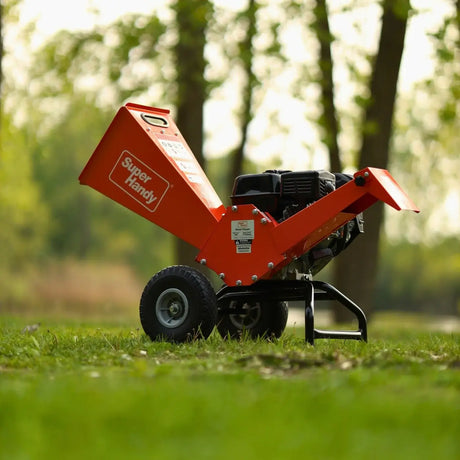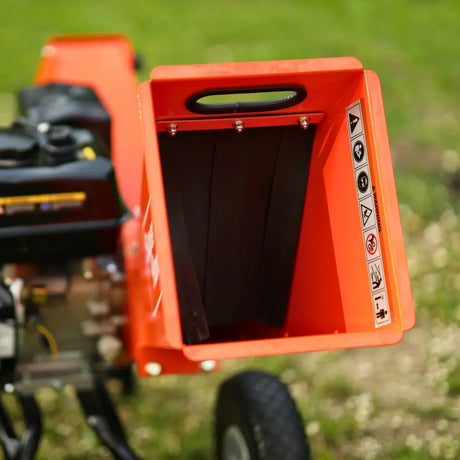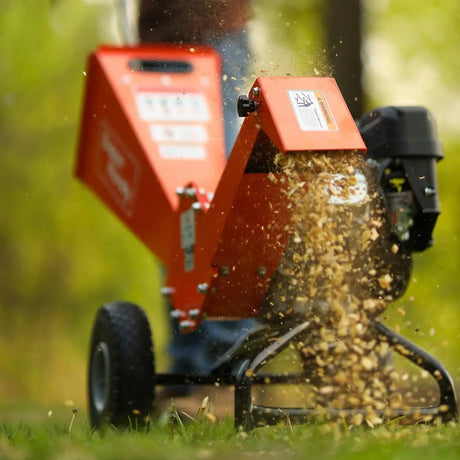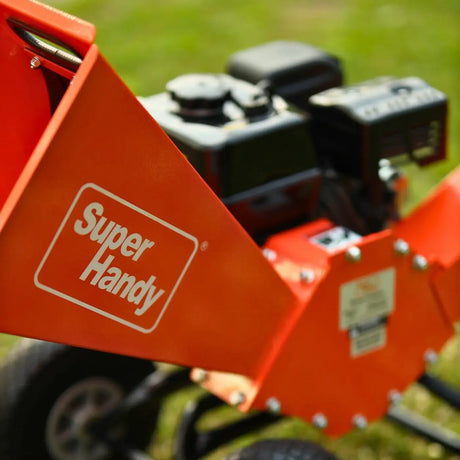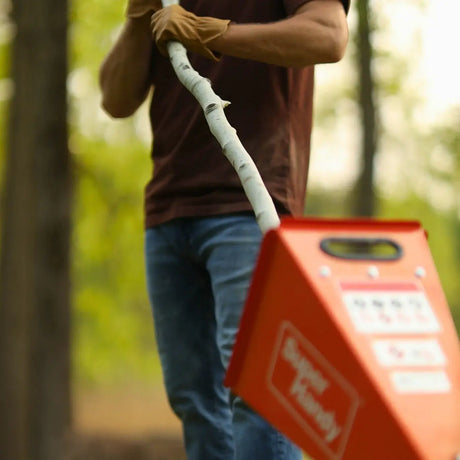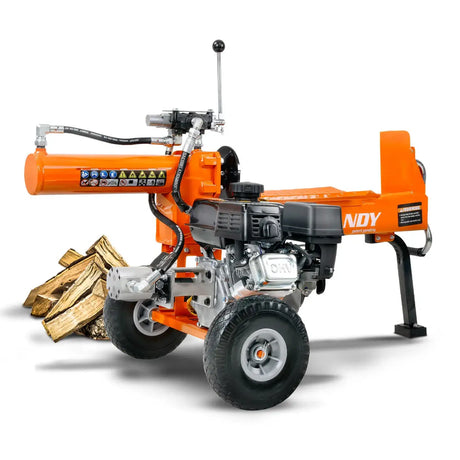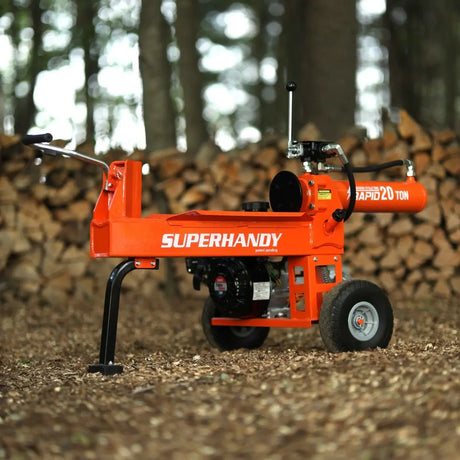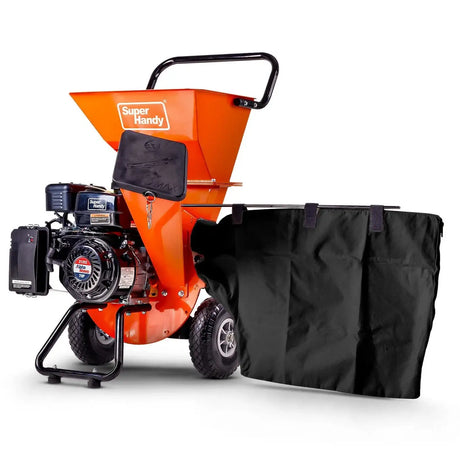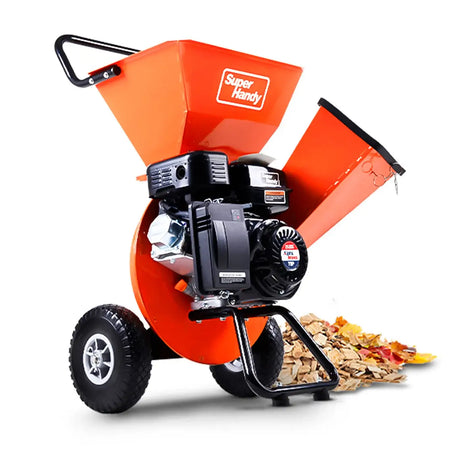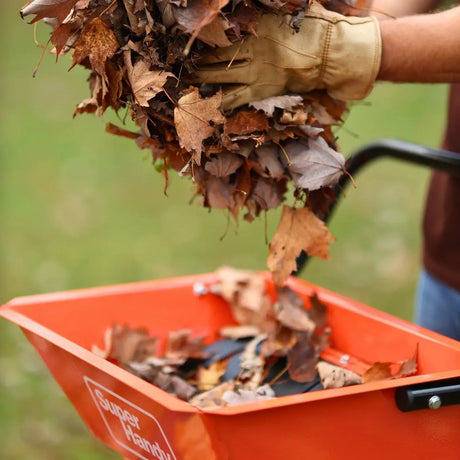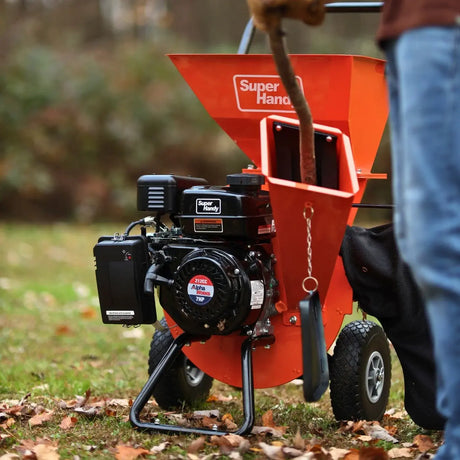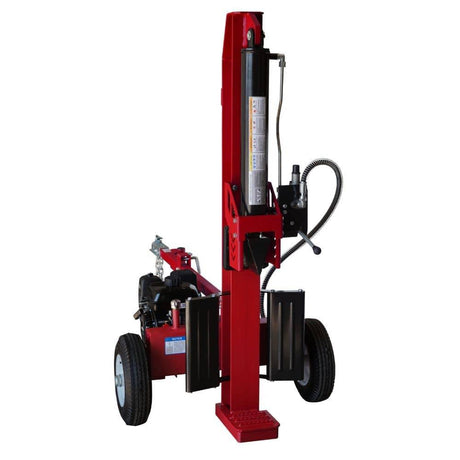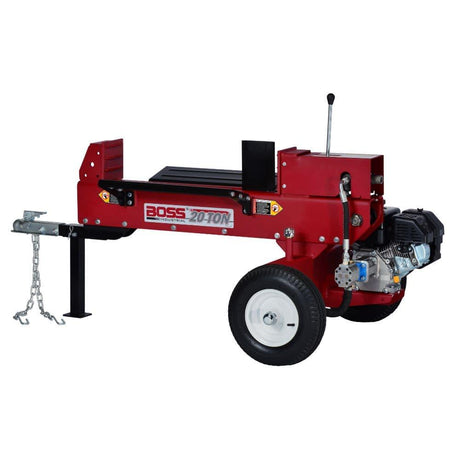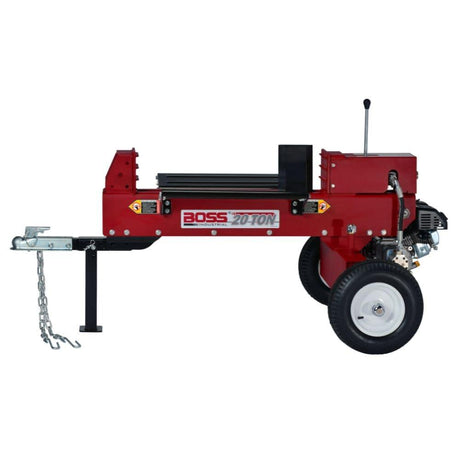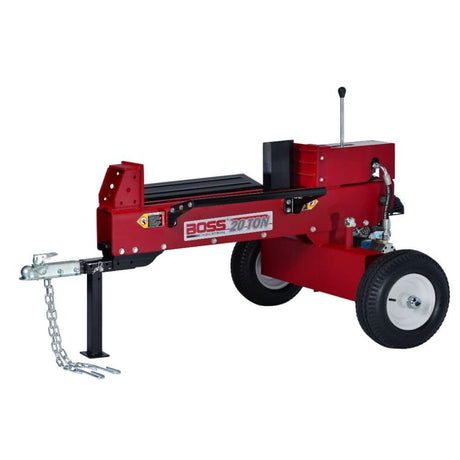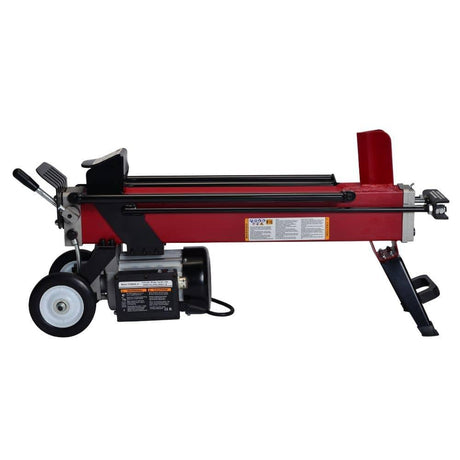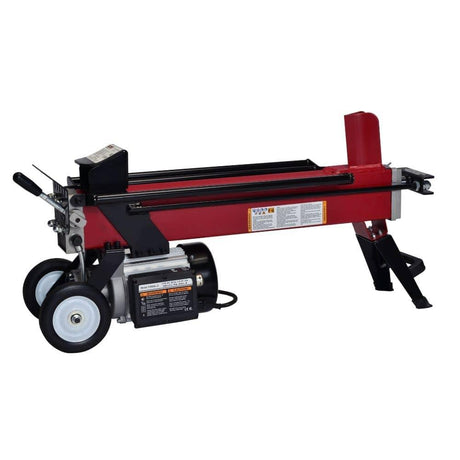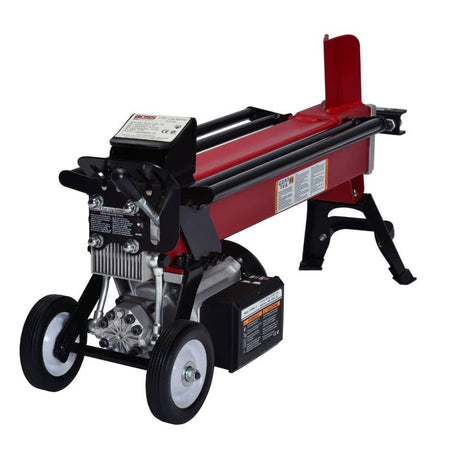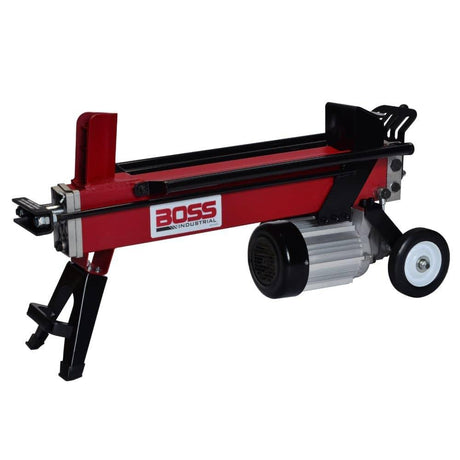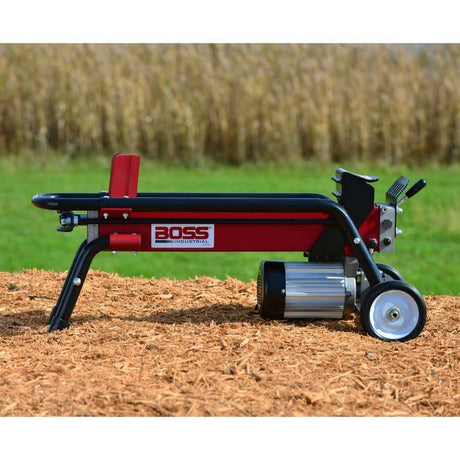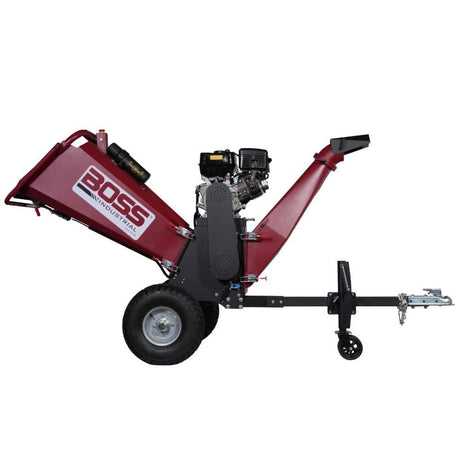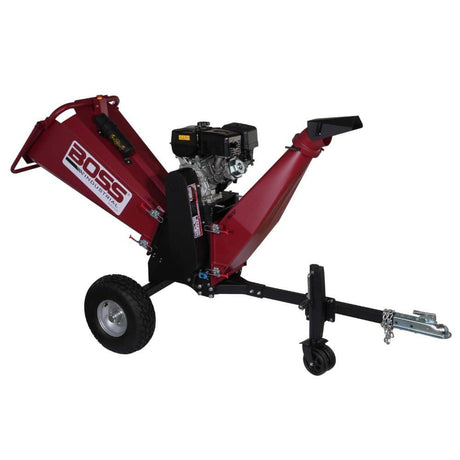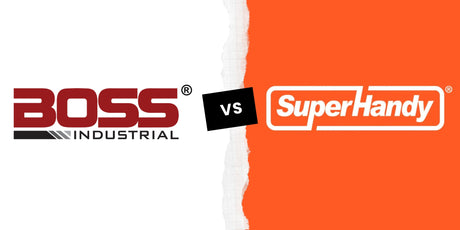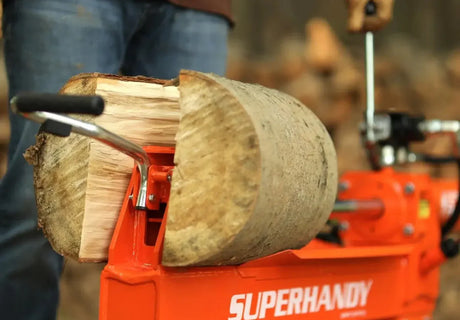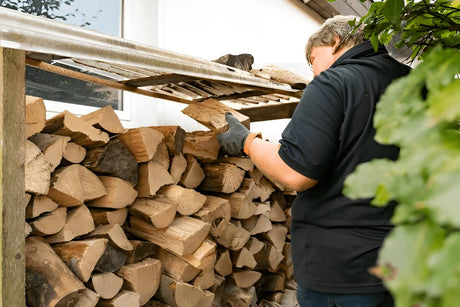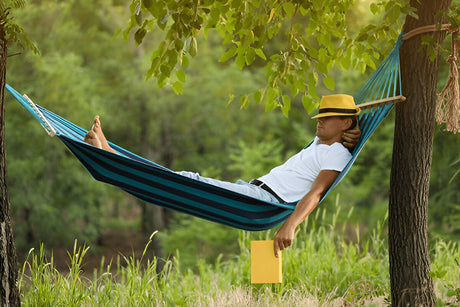Understanding the Basics: What Is a Stump Grinder?
For advanced tips on choosing the right grinder, check out our Stump Grinder 101.
Definition and Primary Function of a Stump Grinder
A stump grinder is a machine designed for tree stumps removal by grinding them into small wood chips. Simple as that.
Instead of digging or pulling a stump out-which is time-consuming and messy-it chews the stump down below ground level. You're left with mulch and a flat surface that's easy to reseed or repurpose.
If you've ever looked at a leftover stump and thought, "How am I going to get rid of this thing?"-this is your answer.
If you’re curious about related equipment like a wood chipper machine, we have a guide that explains how it works.

Key Components: Cutting Wheel, Engine, Frame, and Teeth
A stump grinder may look like a mower or tiller at first glance, but under the hood, it's built for one thing: power.
Here's what makes it tick:
- Cutting Wheel: This is the business end. It spins fast and houses the teeth that chip away the wood.
- Teeth: Usually carbide-tipped, they're insanely tough and built to bite through hardwood.
- Engine: Gas-powered, ranging from 9 HP for light jobs to 70+ HP for commercial units.
- Frame: Built heavy to stay stable while grinding. Some have tracks, others use wheels.
If you want to know when it’s time to grind, see Do You Really Need a Stump Grinder? 5 Signs You Might for five telltale signs.
It's a rugged machine made for destruction-but controlled destruction.
What Makes It Different From Other Yard Equipment?
Here's the key: stump grinders don't cut or mow-they grind.
Unlike chainsaws or chippers:
- They don't slice.
- They don't shred brush.
- They chip away a stump in place, layer by layer.
Think of it like dental work for your garden. Precise. Powerful. A little aggressive-but leaves you with a clean finish.
And unlike diggers, there's no massive hole left behind. That's a win for your lawn, your lower back, and your schedule.

How Does a Stump Grinder Actually Work?
The Grinding Process: From Stump to Mulch
Here's the process in plain terms:
- You line up the machine over the stump.
- Drop the cutting wheel onto the wood.
- Move side to side, grinding a bit off with each pass.
The spinning teeth chip away at the stump, layer by layer, turning it into mulch. You keep lowering the wheel gradually until the stump is gone-or at least well below ground level.
What's left? A pile of wood chips and a flat patch of soil. No roots sticking out, no need to dig.
To see how long it really takes to grind a stump, read how long it takes to grind a stump.

Role of the Cutting Wheel and Teeth During Operation
The cutting wheel is where all the action happens.
- It spins horizontally or vertically, depending on the model.
- Fitted with carbide teeth, it bites into the wood like a circular chainsaw-but instead of cutting, it grinds.
- As the operator moves the machine, the teeth shave off chunks of stump with every pass.
Quick tip: Dull or damaged teeth make grinding painfully slow-keep them sharp and check them often.
Manual vs. Hydraulic Operation: What Changes?
There are two main types of movement:
- Manual stump grinders: You control every movement by pushing or pulling. It's more work but cheaper and simpler.
- Hydraulic stump grinders: The wheel moves automatically side to side and up/down. You control it with levers or a joystick.
Why it matters: Hydraulics save time and reduce fatigue-especially on big jobs. Manual grinders are better for quick, small stumps if you don't mind the effort when remove tree stumps.
What Happens Below the Surface? How Deep It Grinds
A good stump grinder doesn't stop at the surface. It goes 8 to 12 inches deep, sometimes more with commercial units.
Why that matters:
- It prevents regrowth from tree roots.
- It gives you a clean base for sod, mulch, or new planting.
- It avoids trip hazards or mower damage or any accidental damage.
Heads-up: You're not removing the entire tree root system, but you're grinding low enough that it won't come back-or get in your way later.
Types of Stump Grinders and How Their Mechanisms Differ
Not all stump grinders work the same way. The design and drive system you choose can make or break your productivity-especially if you're working on different terrains or stump diameter.
Let's break down the core types and how their mechanisms impact performance.

Walk-Behind & Handlebar Stump Grinders
Think of these as the entry-level workhorses.
- Manually pushed, typically powered by 9-15 HP gas engines.
- The cutting wheel is engaged by the operator, and movement is all muscle-powered.
- Simple controls, basic mechanics, and great for learning the ropes.
Best for: Homeowners, small gardens, and light-duty jobs.
Limitations: Slower, more physical effort, and not ideal on slopes or for hardwood giants.
Shop Walk-Behind Stump Grinders →

Track-Mounted, Riding Grinders and Self-Propelled Stump Grinders
These machines move with you, not because of you.
- Self-propelled models have built-in drive systems-just steer and go.
- Track-mounted units spread weight evenly, offering better traction and stability on rough or muddy ground.
- Most use hydraulic controls to move the cutting head smoothly and efficiently.
Best for: Landscapers and pros tackling multiple tough stumps a day or working on uneven terrain.
Bonus: Great balance of maneuverability and power without tearing up the turf.
PTO and Tow-Behind Models
Built for power and volume.
- PTO stump grinders (stump grinder attachment) attach to a tractor's 3-point hitch and run off the engine's power take-off.
- Tow-behind units are self-powered and trailer-mounted, great for hauling to job sites.
These models pack serious grinding power-perfect for large acreage, land clearing, or farming.
Best for: Property owners with tractors or commercial crews clearing multiple stumps fast.
Keep in mind: Not ideal for tight residential areas or quick one-off jobs.
Skid Steer & Excavator Attachments
These are attachments, not stand-alone machines.
- Designed to mount on existing skid steers or excavator arms.
- Powered by the host machine's hydraulic system.
- Offers flexible reach and powerful grinding without the need for extra equipment.
Best for: Contractors already using heavy machinery in landscape, demolition, or site prep.
Heads-up: Requires high-flow hydraulics for max performance-check compatibility before buying.
Which Type of Mechanism Is Right for You?
Here's a quick guide:
| Job Type | Ideal Machine Type |
|---|---|
| Small residential stumps | Walk-behind |
| Mixed terrain or soft ground | Track-mounted / self-propelled |
| Large property with tractor | PTO model |
| Mobile commercial work | Tow-behind |
| Already own heavy equipment | Skid steer or excavator attachment |
Bottom line: Match the machine to your work environment and how often you plan to grind. That's where efficiency-and comfort-comes from.

What Happens After Stump Grinding? (And Why It Matters)
A lot of people think stump removal is the final step. Truth is, what happens after can impact your garden, your landscaping plans, and even whether the tree comes back.
Let's walk through what's left behind and what you should do next.
What's Left Behind: Mulch, Roots, and Soil
After grinding, you're not left with a clean hole-you're left with:
- A pile of wood chips (mixed with dirt).
- Fine sawdust from the cutting teeth.
- A shallow cavity, depending on how deep the tree stump was ground.
- And some root material, especially deeper or lateral roots that weren't targeted.
Tip: Those grindings can be reused as mulch-but only if the wood was disease-free.
Can a Tree Grow Back After Stump Removal?
In most cases, no-grinding kills the tree stump and halts future growth.
But there are exceptions:
- Some hardy species with healthy stump (like willow, poplar, or elm) can send up root suckers if the root system is still active.
- If the tree stump was only shaved at surface level, regrowth is more likely.
Pro move: If you're worried about regrowth, have the tree stump ground 8-12 inches deep, and keep an eye out for new shoots over the next season.
Do You Need to Remove the Grindings or Leave Them?
It depends on your next step:
- Planting grass? Remove most of the grindings and fill the hole with topsoil.
- Landscaping with mulch or rock? You can leave some chips and top off the area.
- No immediate plans? Let the grindings settle naturally over time.
Don't: Leave a deep pile of grindings sitting-it can attract insects, rot, or kill surrounding grass due to nitrogen depletion.
Do: Rake it flat, mix it with soil, or compost it properly if you're not using it right away.

Final Takeaway: When and Why to Use a Stump Grinder
Stump grinders aren't just for pros or big jobs. They're for anyone who wants a clean, fast, and efficient way to remove a tree stump without tearing up the yard. But like any power tool, they need to be used right-and at the right time.
Ideal Use Cases for Stump Grinders
You'll want a stump grinder if you're dealing with:
- Leftover tree stumps after tree removal
- Safety hazards in lawns or play areas
- Stumps interfering with landscaping or hardscaping
- Tree regrowth issues (especially fast-growing species)
- Prep for new planting, fencing, or patios
Real-world example: One client had a maple stump right where they wanted to install a fire pit. One afternoon with a walk-behind (or a handlebar) stump grinder, and the space was ready to go.
Common Mistakes to Avoid During Operation
Even a solid machine can be dangerous or inefficient if used wrong. Here's what to avoid:
- Skipping the site check - Always scan for rocks, pipes, or wires.
- Going too shallow - Leaves roots that can regrow or trip someone later.
- Using dull teeth - Slows the job and stresses the engine.
- Forcing the machine - Let the cutter do the work. Rushing leads to belt or tooth damage.
- Ignoring safety gear - Flying wood chips can seriously injure eyes or skin.
Pro tip: Don't treat stump grinding like mowing-it takes more attention and prep.
Key Considerations Before You Rent or Buy One
Before you grab the keys to a rental or invest in your own unit, ask yourself:
- How many tree stumps are you removing? One stump? Rent. A dozen a month? Buy.
- What's the terrain like? Flat lawns? A wheeled stump grinder is fine. Slopes or mud? Go tracked.
- Are you physically up for it? Walk-behinds take effort. Hydraulics make life easier.
- Do you have time to learn? Rental units don't come with coaching.
- Do you have time and energy ? if not call a professional arborists
Final thought: A good stump grinder saves you time, money, and manual labor. Just make sure you're picking the right tool for the job-and using it with care.
If you need help choosing the right log splitter before grinding, our What Size Log Splitter Do I Need? guide can help.


